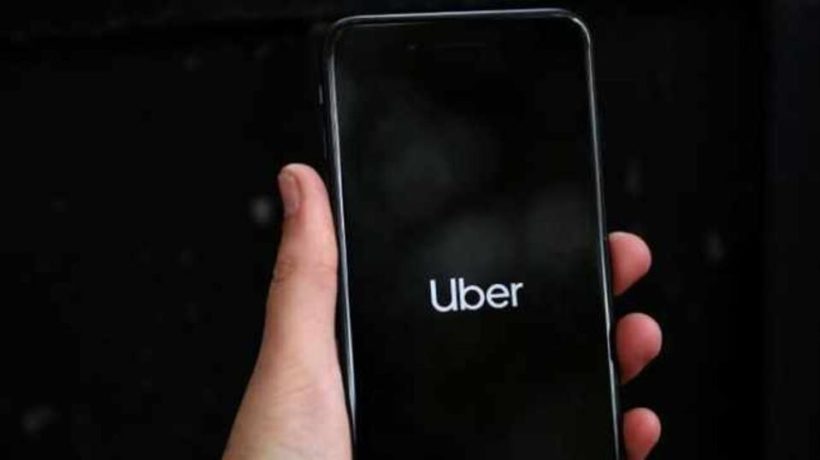A large AI-assisted sentiment analysis shows that Uber is among the least-loved brands among consumers.
The study, conducted in 2021 by the branding agency MBLM, analyzed the use of more than 1.4 billion keywords on various social media channels to measure consumers’ emotional connection with known-name brands across 19 industries. Since April, the agency has been gradually releasing sections of its findings and on Wednesday, it released its results for Tech & Telecom sector companies, including Uber.
Of the 435 brands in the study, Uber ranked 421st (just ahead of Kylie Jenner’s makeup line, Kylie Cosmetics). Uber ranked 23rd out of the 26 companies in the tech/telecom group.
The study rates consumers’ emotional connection with brands using a 1 to 100 composite score that “combines the intensity, prevalence, and character of the relationship between consumers and brands,” MBLM explains. A higher score means a more intense “emotional relationship with a brand.”
Why might consumers’ relationship with the ride-hailing brand be so troubled?
There are plenty of reasons. While the company’s history of scandals and privacy fouls probably doesn’t help, the main reason is likely that Uber’s entire business is built on a bait-and-switch. The service is an improvement over taxi service, making life a little more convenient and hassle-free for riders; and for many years, it was relatively cheap. For most of Uber’s history, the company and its VC backers have subsidized the real cost of providing the rides. The plan, of course, was to get people so hooked on the convenience that they’d consent to paying higher prices for it in the future. But the subsidies are one of the big reasons Uber has struggled to reach profitability. In fact, the company has lost massive amounts of money since its founding in 2009, including more than $30 billion since it began making its financials public in 2016.
Uber faced major headwinds during the pandemic as demand for its core ride service plummeted, forcing it to rely far more heavily on its Uber Eats delivery service for revenue. Uber’s rides business has since recovered: In the first quarter of 2022, the company surprised analysts with revenues of $6.9 billion.
But the bill for the subsidies has come due. That’s why the cost of Uber rides has been rising since before the pandemic. Rakuten data says the average Uber ride price rose 92% between 2018 and 2021. Bloomberg estimates that Uber and Lyft ride prices have risen 45% from 2019 to 2022.
The MBLM study found that the main keyword consumers used in connection with Uber was “convenience.” That’s understandably the most many riders can say for the brand. The convenience of the service is the same, but even in times of stagnant wages, high rents, and inflation people are being asked to pay a premium for a ride to the airport. Naturally, then, there’s not much love left for the Uber brand. In a sense, the brand’s customers have been played by the company and its VC backers.
Investors don’t have a lot of love for Uber at the moment, either. The company’s stock closed at $21.50 Wednesday, representing a more than 50% drop from the start of the year.
In the Tech & Telecom group, Apple placed first with a brand intimacy score of 65.3, followed by Sony and Android. Apple ranked 3rd across all industries, while Sony ranked 4th overall, and Android ranked 10th.
“Tech & telecom has gradually moved up in our Brand Intimacy study over the years, which demonstrates the category’s growing importance in our daily lives,” says Mario Natarelli, managing partner at MBLM. “This trend was accelerated by COVID-19.”
Disney earned the highest level of brand intimacy of all the companies studied, while Tesla came in second.
Uber didn’t respond to a request for comment.
ABOUT THE AUTHOR
Fast Company Senior Writer Mark Sullivan covers emerging technology, politics, artificial intelligence, large tech companies, and misinformation. An award-winning San Francisco-based journalist, Sullivan’s work has appeared in Wired, Al Jazeera, CNN, ABC News, CNET, and many others.







